Jim Jones promised paradise to his followers. He urged them to move to his socialist utopia in the South American jungle.
Then, on November 18, 1978, he led them to their graves in one horrific stroke, the single largest loss of American civilian life until the September 11 terrorist attacks.
As part of a weeklong series examining some of the biggest crimes and cults of the 20th century, TODAY revisits the religious movement responsible for the forced suicide of more than 900 people.
Jones called it the Peoples Temple. He formed the congregation in his native Indiana but moved it to California in the 1960s. He opened branches throughout the state, but made his home and headquarters in San Francisco. He became known as a charismatic minister with a multiracial family. Many also viewed him as a civil rights leader.

"What you would get in Jim Jones' church, no matter who you were, no matter what you'd done, was respect,” said Jeff Guinn, author of “The Road to Jonestown: Jim Jones and Peoples Temple.”
In the 1970s, Jones persuaded nearly one thousand followers to move with him to a remote jungle in Guyana, an English-speaking nation along the northern Atlantic coast of South America.
“The concept was to build a new world,” said Jim Jones, Jr., one of several children adopted by the Peoples Temple leader.

Leslie Wagner-Wilson was 19 when she moved to Guyana with her family.
“We all are looking for a place to fit in to the world. We're looking for love. We're looking for acceptance. And Jim Jones provided that,” she said.
RELATED: The eerie connection between the Patty Hearst saga and the Jonestown tragedy
It didn’t take long for some followers to grow disenchanted. They worked long days in the fields and failed to get enough food.
"Jonestown was described as this paradise, and it was not,” Wagner-Wilson said. "As some time wore on, I realized there was no future in Jonestown.”
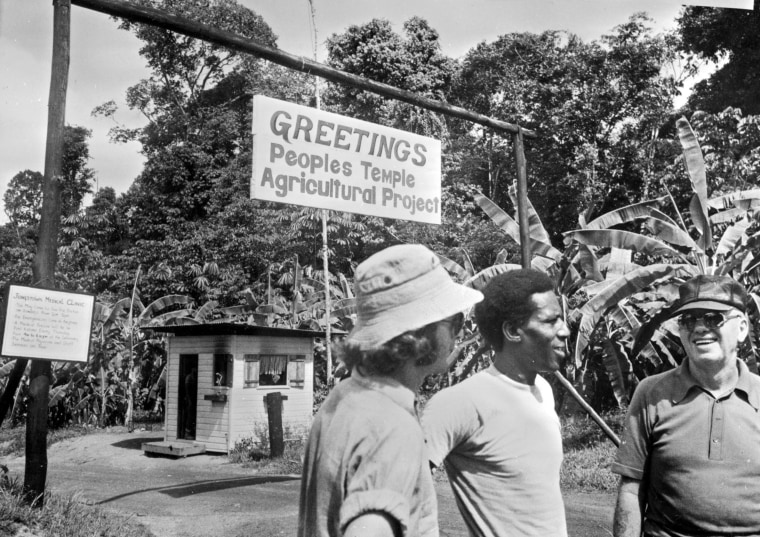
She said that Jones became increasingly paranoid.
"He begins to lose perception of reality, bit by bit,” Guinn said. "He's convinced himself that he is some sort of superhuman martyr."
RELATED: The Patty Hearst saga: How an American heiress went from kidnap victim to outlaw
Jones became obsessed with “revolutionary suicide,” and insisted his followers be prepared to die for their cause. He had them unknowingly rehearse for death by having them drink a Kool-Aid-like fruit punch he claimed had been poisoned.
Only after most of the people drank did he tell them it was not poison.
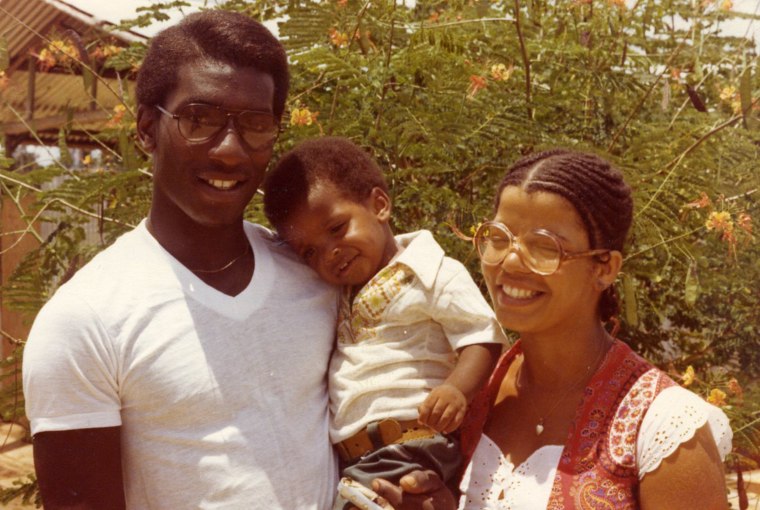
In November 1978, U.S. Rep. Leo Ryan of California flew to Guyana to investigate claims that Peoples Temple members were being held against their will. He arrived with a delegation of staff, journalists and worried relatives of Jonestown residents.
During his visit to the compound, Ryan met several people who sought his help in returning to the United States.
When he left, Ryan angered Jones by taking a large group of defectors with him. While waiting to board their charter plane at a nearby jungle airstrip, his group was ambushed by gunmen sent by Jones. Ryan was killed, along with four others: a reporter and cameraman from NBC, a photographer from the San Francisco Examiner, and a female defector.
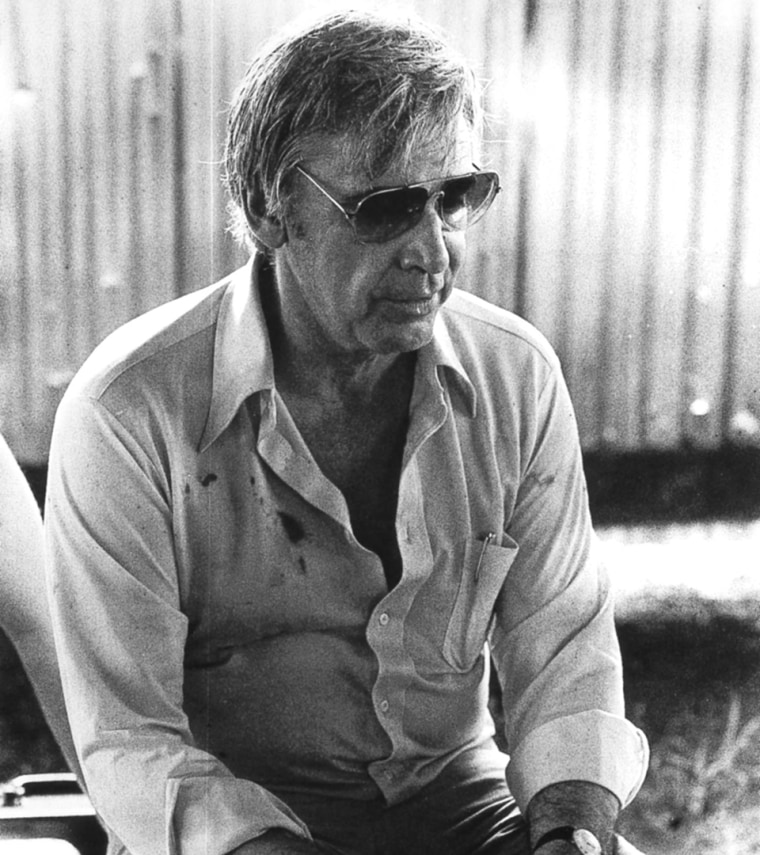
Back at the commune, Jones gathered his followers for a final sermon.
"We've had as much of this world as you're going to get,” he can be heard saying in an audio recording. “Let's just be done with it. Let's be done with the agony of it."
He then ordered his followers to drink a cyanide-spiked punch. More than 900 people died, about 300 of them children.
"We know from autopsies conducted later that a considerable number of people were held and forcibly injected with poison,” Guinn said.
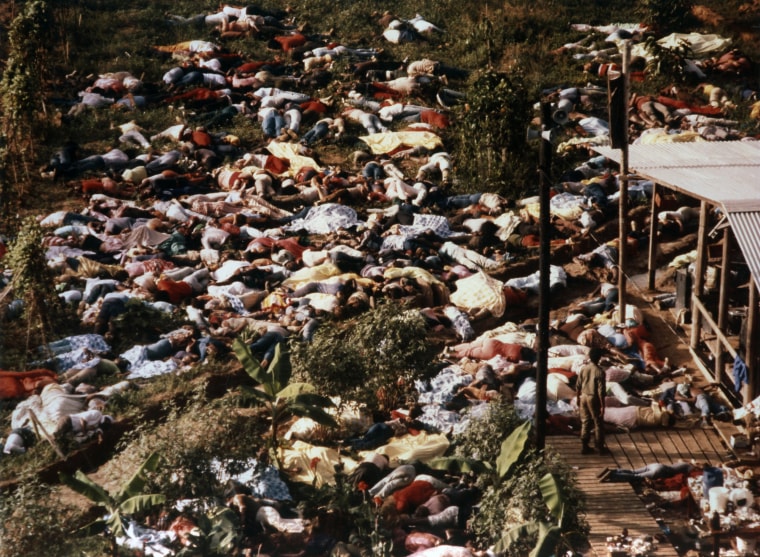
Jones also died, but from a single gunshot wound to the head believed to be self-inflicted.
Wagner-Wilson lost 11 relatives in the tragedy. But she and her 3-year-old son survived by escaping earlier that day with a small group that hiked through 30 miles of dense jungle to safety.
Wagner-Wilson said she was terrified during the entire journey.
“I was waiting for a bullet to hit at any moment. I was prepared to die,” she said.
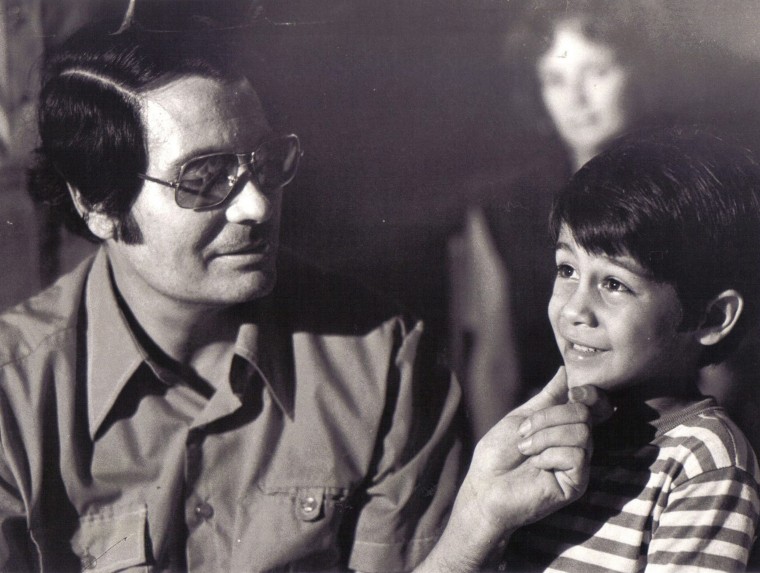
Jones Jr., lost his wife, but he survived because he was in Guyana’s capital of Georgetown at the time – doing public relations for the Temple.
"So the million dollar question is, would I have done it? I can't say I would, but I can't say I wouldn't have,” he said.
Today, a memorial in Oakland, California, serves as tribute for those who died, most of whom were black and elderly, whom Jones' initial message of acceptance resonated with.
"The saddest part about this tragedy is that good, decent people died who were well-intentioned," Guinn said.